Home>Furniture & Design>Interior Design Trends>What Is A Glass Eye
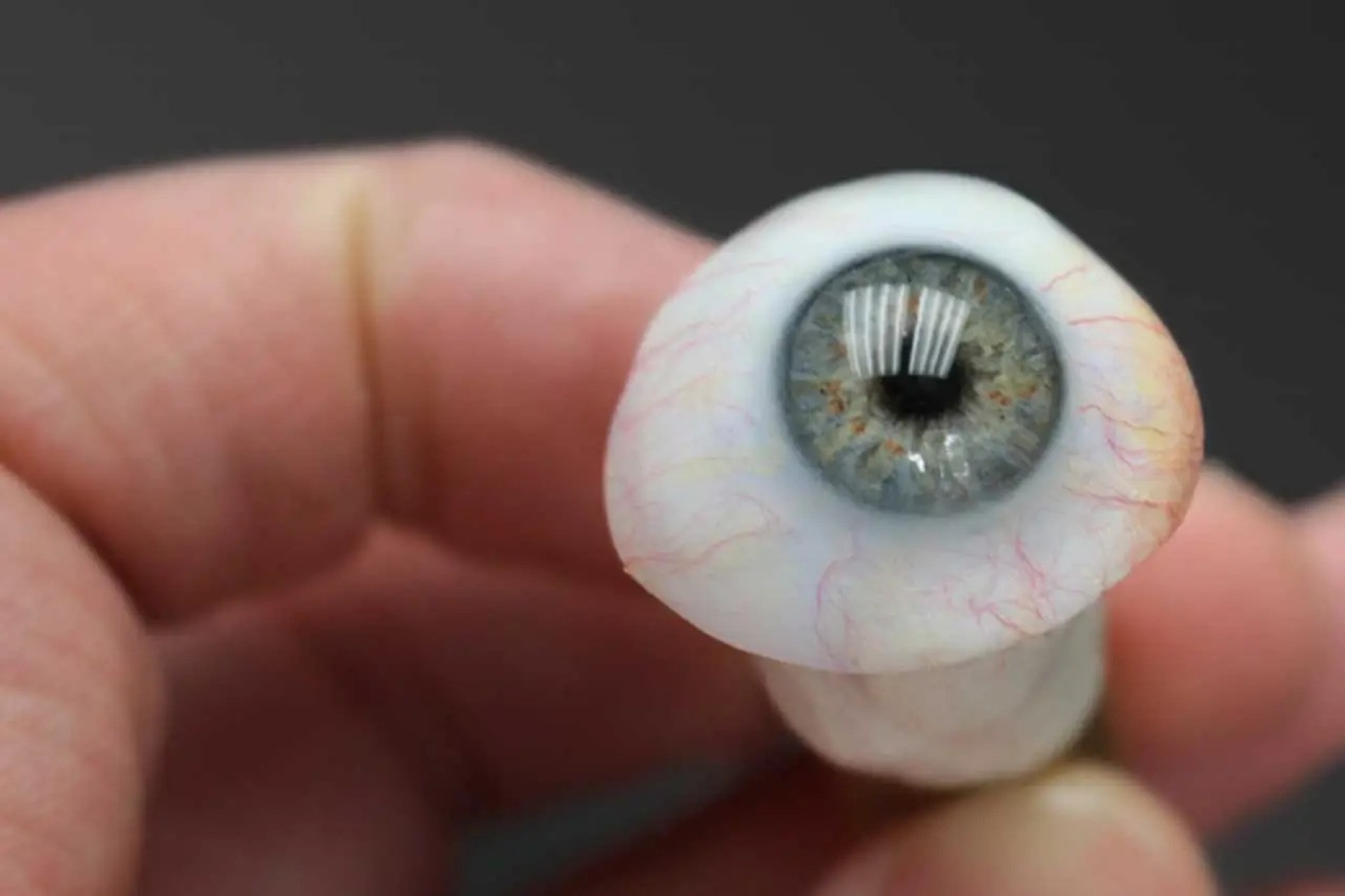

Interior Design Trends
What Is A Glass Eye
Published: February 5, 2024
Discover the latest interior design trends with our comprehensive guide to glass eye decor. Explore innovative ideas and inspiration for incorporating glass eyes into your home design.
(Many of the links in this article redirect to a specific reviewed product. Your purchase of these products through affiliate links helps to generate commission for Storables.com, at no extra cost. Learn more)
Introduction
Glass eyes, also known as ocular prosthetics, are artificial eyes designed to closely resemble the natural appearance of the human eye. These meticulously crafted prosthetics serve as a remarkable solution for individuals who have lost an eye due to injury, disease, or other medical conditions. The artistry and precision involved in creating glass eyes have evolved significantly over time, offering wearers a sense of normalcy and confidence in their appearance.
The use of glass eyes dates back centuries, with evidence of their existence found in ancient civilizations. Throughout history, the development of ocular prosthetics has been intertwined with advancements in medical technology and the understanding of ocular anatomy. Today, glass eyes are a testament to the fusion of artistry and medical science, providing individuals with a lifelike alternative to a natural eye.
The creation of glass eyes involves a delicate and intricate process, where skilled artisans meticulously craft each prosthetic to match the unique features and coloration of the wearer's remaining natural eye. This attention to detail ensures that the glass eye seamlessly blends with the surrounding tissue, creating a harmonious and natural appearance.
In addition to their aesthetic function, glass eyes play a crucial role in restoring balance and symmetry to the face, helping individuals regain a sense of normalcy and confidence in their daily lives. The emotional impact of receiving a glass eye cannot be overstated, as it often represents a significant step towards acceptance and self-assurance for those who have experienced the loss of an eye.
As we delve into the history, production, and maintenance of glass eyes, it becomes evident that these prosthetics are not merely objects; they embody the intersection of art, science, and compassion. The journey of a glass eye from concept to creation is a testament to human ingenuity and the unwavering commitment to enhancing the lives of individuals facing unique challenges.
The following sections will delve deeper into the historical significance of glass eyes, the intricate process of their production, the various types available, and the essential care and maintenance practices. By exploring these facets, we gain a comprehensive understanding of the profound impact that glass eyes have on the lives of those who wear them.
Key Takeaways:
- Glass eyes, or ocular prosthetics, are meticulously crafted artificial eyes that restore confidence and normalcy for individuals who have lost an eye. They blend seamlessly with facial anatomy, offering aesthetic realism and emotional restoration.
- The history, production, and diverse types of glass eyes reflect human ingenuity and compassion. Customized options cater to individual needs, empowering wearers to embrace life with confidence and assurance.
Read more: What Is The One-Eye Glass Called
History of Glass Eyes
The history of glass eyes is a testament to the enduring human quest for innovation and compassion. The origins of ocular prosthetics can be traced back to ancient civilizations, where various materials, including precious metals and glass, were used to create artificial eyes. One of the earliest accounts of ocular prosthetics dates back to the ancient Egyptians, who crafted eye-like structures from materials such as gold and enamel to place over the eye sockets of deceased individuals, symbolizing their ability to see in the afterlife.
The evolution of glass eyes took significant strides during the Renaissance, as advancements in art and anatomy spurred the development of more lifelike prosthetics. Craftsmen and artists began creating glass eyes that closely mimicked the natural appearance of the human eye, incorporating intricate details such as iris patterns and subtle color variations. This marked a pivotal shift in the perception of ocular prosthetics, elevating them from mere functional devices to works of art that restored dignity and normalcy to those in need.
In the 19th century, the field of ocular prosthetics experienced a profound transformation with the introduction of innovative materials and techniques. German glassblowers pioneered the use of glass as the primary material for crafting artificial eyes, leveraging its versatility and ability to replicate the intricate nuances of the human eye. This breakthrough revolutionized the production of glass eyes, enabling artisans to achieve unprecedented levels of realism and customization.
The 20th century witnessed further advancements in the field, driven by the integration of medical knowledge and technological innovation. Ocularists, skilled professionals specializing in the creation of ocular prosthetics, refined their techniques and embraced modern materials to enhance the comfort and natural appearance of glass eyes. The convergence of artistry and medical science led to the development of highly personalized prosthetics, tailored to match the unique features and coloration of each individual's natural eye.
Today, the history of glass eyes stands as a testament to human ingenuity and empathy, reflecting the enduring commitment to improving the quality of life for individuals facing the loss of an eye. The evolution of ocular prosthetics from ancient symbolic artifacts to intricately crafted, lifelike prosthetics mirrors the remarkable progress of medical science and the unwavering dedication to restoring confidence and normalcy to those in need.
How Glass Eyes Are Made
The intricate process of crafting glass eyes is a testament to the fusion of artistry, precision, and medical expertise. Each glass eye is meticulously handcrafted to closely resemble the natural appearance of the human eye, requiring a series of meticulous steps to achieve lifelike realism.
The production of glass eyes begins with a detailed assessment of the wearer's remaining natural eye, including its size, color, and unique features. This crucial step serves as the foundation for creating a prosthetic that seamlessly integrates with the individual's facial anatomy, ensuring a harmonious and natural appearance.
Skilled ocularists, often trained in both art and medical disciplines, utilize specialized materials such as medical-grade acrylic and glass to meticulously sculpt the prosthetic. The process typically involves the following key stages:
-
Impression Taking: A precise impression of the eye socket is taken to capture its contours and dimensions. This step is crucial in creating a custom-fit prosthetic that sits comfortably and securely within the eye socket.
-
Modeling and Sculpting: Using the impression as a guide, the ocularist meticulously sculpts a wax model of the prosthetic, carefully shaping it to mirror the subtle contours and details of the natural eye. This stage demands a keen eye for detail and a deep understanding of ocular anatomy.
-
Molding and Casting: Once the wax model is perfected, it is encased in a mold and filled with a specialized acrylic or glass material. This process ensures that the final prosthetic captures the intricate nuances of the natural eye, including the iris pattern, color variations, and subtle irregularities.
-
Painting and Finishing: Skilled artisans meticulously hand-paint the prosthetic, layering pigments to replicate the unique coloration and depth of the wearer's natural eye. This delicate process demands precision and artistry, as the goal is to achieve a seamless blend between the prosthetic and the surrounding tissue.
-
Polishing and Final Fitting: The finished glass eye undergoes meticulous polishing to achieve a natural luster and smooth surface. It is then carefully fitted and adjusted to ensure optimal comfort and a lifelike appearance.
The culmination of these intricate steps results in a bespoke glass eye that not only mirrors the natural eye but also embodies the wearer's unique characteristics. The artistry and precision involved in the production of glass eyes exemplify the unwavering commitment to restoring confidence and normalcy to individuals who have experienced the loss of an eye.
The next section will delve into the various types of glass eyes available, offering insights into the diverse options that cater to individual needs and preferences.
Types of Glass Eyes
The realm of glass eyes encompasses a diverse array of options, each tailored to meet the unique needs and preferences of individuals who require ocular prosthetics. From standard stock eyes to highly customized prosthetics, the range of glass eyes available reflects the commitment to providing personalized solutions that seamlessly integrate with the wearer's facial anatomy. Understanding the various types of glass eyes is essential in navigating the options and selecting the most suitable prosthetic.
Stock Glass Eyes
Stock glass eyes, also known as ready-made or pre-fabricated prosthetics, are designed to offer a quick and accessible solution for individuals in need of an ocular prosthesis. These prosthetics are available in a range of standard sizes, colors, and iris patterns, providing a convenient option for those seeking a temporary or immediate solution. While stock glass eyes offer versatility and ease of acquisition, they may not provide the level of customization and naturalistic detail found in other types of prosthetics.
Read more: How Do Glass Eyes Work
Custom Glass Eyes
Custom glass eyes represent the pinnacle of personalization, meticulously crafted to match the precise features and coloration of the wearer's natural eye. Ocularists leverage advanced techniques and materials to create bespoke prosthetics that seamlessly blend with the surrounding tissue, achieving a level of realism and comfort that is unparalleled. The process of crafting custom glass eyes involves detailed assessments, impression taking, and meticulous sculpting, resulting in prosthetics that reflect the wearer's individuality with remarkable precision.
Prosthetic Shell
Prosthetic shells, also known as scleral shells, are ultra-thin, custom-made prosthetics designed to fit over a shrunken or disfigured eye, providing a natural and symmetrical appearance. These specialized shells are meticulously crafted to match the contours and coloration of the natural eye, effectively concealing irregularities and restoring balance to the facial features. Prosthetic shells offer a non-invasive solution for individuals with compromised or shrunken eye sockets, enhancing both aesthetic and functional aspects.
Partial and Customized Prosthetics
Partial and customized prosthetics cater to individuals with specific anatomical considerations, such as partial eye loss or asymmetrical features. These specialized glass eyes are meticulously tailored to address unique requirements, offering solutions that restore symmetry and natural appearance. Whether addressing partial eye loss or accommodating distinct facial features, partial and customized prosthetics exemplify the versatility and adaptability of glass eye technology in meeting diverse needs.
Pediatric Glass Eyes
Pediatric glass eyes are specially designed for children, incorporating considerations for growth, comfort, and aesthetic appeal. These prosthetics are crafted with a keen understanding of pediatric anatomy and the unique emotional needs of young wearers. Pediatric glass eyes aim to provide a natural and reassuring appearance, supporting the emotional well-being and confidence of children facing the loss of an eye.
The diverse range of glass eyes available underscores the commitment to providing tailored solutions that restore confidence, symmetry, and natural appearance to individuals in need. Whether through stock options, custom craftsmanship, specialized shells, or pediatric designs, the world of glass eyes offers a spectrum of choices, each contributing to the profound impact of ocular prosthetics on the lives of wearers.
Read more: How To Get Glass Out Of Eye
Care and Maintenance of Glass Eyes
Proper care and maintenance are essential for ensuring the longevity, comfort, and visual appeal of glass eyes. By following recommended practices, wearers can optimize the performance and aesthetic integrity of their prosthetics, contributing to a positive and seamless experience. The following guidelines outline key aspects of care and maintenance for glass eyes:
Daily Cleaning:
Regular cleaning is crucial for preserving the clarity and luster of glass eyes. Wearers should gently remove the prosthetic using clean hands and rinse it under lukewarm water to remove any debris or residue. Mild, non-abrasive soap can be used to cleanse the surface, followed by thorough rinsing to ensure the removal of soap residue.
Hygiene Practices:
Maintaining good hygiene around the eye socket is paramount for preventing irritation and ensuring the comfort of the prosthetic. Wearers should avoid exposing the glass eye to harsh chemicals, such as makeup removers or hair products, and refrain from using adhesive products near the eye socket.
Storage and Handling:
When not in use, the glass eye should be stored in a designated case or container to protect it from damage and dust accumulation. Care should be taken to handle the prosthetic gently, avoiding sudden impacts or pressure that may compromise its integrity.
Read more: What To Do For Pepper Spray In Eyes
Routine Check-ups:
Regular visits to an ocularist or eye care professional are essential for assessing the fit, condition, and overall performance of the glass eye. These check-ups enable adjustments to be made as needed, ensuring optimal comfort and visual alignment.
Environmental Considerations:
Wearers should be mindful of environmental factors that may impact the glass eye, such as extreme heat or direct sunlight. Exposure to high temperatures should be minimized, and protective eyewear can be worn in situations where the prosthetic may be exposed to potential damage.
Emotional Support:
Beyond the physical care of the glass eye, emotional well-being is an integral aspect of maintenance. Open communication with healthcare providers, support networks, and fellow wearers can provide valuable support and guidance, fostering a positive outlook and confidence in wearing the prosthetic.
By adhering to these care and maintenance practices, wearers can uphold the quality and functionality of their glass eyes, ensuring a seamless and comfortable experience. The combination of proper hygiene, routine check-ups, and environmental awareness contributes to the longevity and visual harmony of the prosthetic, empowering individuals to embrace life with confidence and assurance.
Advantages and Disadvantages of Glass Eyes
Glass eyes, as ocular prosthetics, offer a range of advantages and disadvantages that are essential considerations for individuals exploring their suitability and impact. Understanding the nuanced aspects of glass eyes can provide valuable insights into their role in restoring normalcy and confidence for wearers.
Read more: How To Make Eye Pillows
Advantages
-
Aesthetic Realism: Glass eyes are meticulously crafted to closely resemble the natural appearance of the human eye, offering wearers a lifelike and harmonious facial aesthetic. The level of detail and customization available in glass eyes contributes to a seamless integration with the surrounding tissue, restoring symmetry and visual appeal.
-
Emotional Restoration: The emotional impact of receiving a glass eye cannot be overstated. For individuals who have experienced the loss of an eye, the restoration of a natural appearance through a glass eye can significantly enhance self-esteem, confidence, and emotional well-being. The prosthetic serves as a tangible symbol of resilience and acceptance, fostering a positive outlook on life.
-
Functional Comfort: Glass eyes are designed to provide a comfortable and secure fit within the eye socket, supporting natural blinking and movement. The lightweight nature of the prosthetic contributes to ease of wear, allowing individuals to engage in daily activities with minimal disruption.
-
Customization: The ability to create custom glass eyes tailored to the unique features and coloration of the wearer's natural eye offers a level of personalization that is unparalleled. This customization ensures that the prosthetic seamlessly blends with the individual's facial anatomy, achieving a level of realism and individuality that promotes confidence and satisfaction.
-
Versatility: The diverse range of glass eye options, including stock eyes, custom prosthetics, and specialized shells, caters to a spectrum of needs and preferences. This versatility ensures that individuals can access prosthetics that address their specific anatomical considerations, enhancing both aesthetic and functional aspects.
Disadvantages
-
Maintenance Requirements: Glass eyes necessitate regular care and maintenance to preserve their clarity, comfort, and visual appeal. Wearers must adhere to recommended hygiene practices and routine check-ups to ensure the longevity and performance of the prosthetic, adding an additional aspect to their daily routine.
-
Initial Adjustment Period: Acclimating to wearing a glass eye may involve an initial adjustment period as individuals become accustomed to the sensation and care practices associated with the prosthetic. This transitional phase may require patience and support as wearers adapt to the presence of the ocular prosthesis.
-
Potential for Damage: While glass eyes are meticulously crafted, they are not impervious to damage. Care must be taken to handle the prosthetic gently and protect it from potential impacts or environmental factors that may compromise its integrity.
-
Individual Variability: The experience of wearing a glass eye is subjective and may vary among individuals. Factors such as socket anatomy, comfort preferences, and emotional adjustment can influence the overall experience, highlighting the need for personalized support and guidance.
-
Cost Considerations: The creation and maintenance of custom glass eyes may involve associated costs, including initial fittings, adjustments, and routine check-ups. While the investment in a glass eye offers significant benefits, individuals should consider the financial aspects as part of their decision-making process.
By weighing the advantages and disadvantages of glass eyes, individuals can make informed decisions regarding their suitability and the potential impact on their quality of life. The profound benefits of aesthetic realism, emotional restoration, and functional comfort are balanced with considerations related to maintenance, adjustment, and individual variability, highlighting the multifaceted nature of incorporating glass eyes into one's life.
Conclusion
The journey through the history, production, and diverse facets of glass eyes reveals the profound impact of these ocular prosthetics on the lives of individuals who have experienced the loss of an eye. From ancient symbolic artifacts to meticulously crafted works of art, the evolution of glass eyes reflects the enduring human quest for innovation, compassion, and the restoration of normalcy.
The history of glass eyes intertwines with the progress of medical science, artistry, and empathy, underscoring the unwavering commitment to enhancing the quality of life for wearers. The Renaissance marked a pivotal shift, elevating ocular prosthetics from functional devices to lifelike works of art, while the 20th century witnessed transformative advancements in materials and techniques, further refining the realism and comfort of glass eyes.
The intricate process of crafting glass eyes embodies the fusion of artistry and precision, with each prosthetic meticulously tailored to match the unique features and coloration of the wearer's natural eye. The creation of custom glass eyes represents the pinnacle of personalization, offering wearers a bespoke solution that seamlessly integrates with their facial anatomy, restoring symmetry and confidence.
The diverse range of glass eyes, including stock options, custom craftsmanship, specialized shells, and pediatric designs, underscores the commitment to providing tailored solutions that cater to individual needs and preferences. This spectrum of choices reflects the multifaceted nature of addressing the diverse anatomical and emotional considerations of wearers.
Proper care and maintenance are essential for preserving the longevity, comfort, and visual appeal of glass eyes, empowering wearers to embrace life with confidence and assurance. The combination of hygiene practices, routine check-ups, and environmental awareness contributes to the seamless integration of the prosthetic into daily life, fostering a positive and comfortable experience.
By weighing the advantages and disadvantages of glass eyes, individuals can make informed decisions regarding their suitability and the potential impact on their quality of life. The profound benefits of aesthetic realism, emotional restoration, and functional comfort are balanced with considerations related to maintenance, adjustment, and individual variability, highlighting the multifaceted nature of incorporating glass eyes into one's life.
In conclusion, the profound impact of glass eyes extends beyond their physical function, embodying the intersection of art, science, and compassion. These meticulously crafted prosthetics serve as a testament to human ingenuity and the unwavering commitment to restoring confidence and normalcy to individuals facing unique challenges. The journey of a glass eye from concept to creation is a testament to the enduring human spirit and the transformative power of innovation and empathy.
Frequently Asked Questions about What Is A Glass Eye
Was this page helpful?
At Storables.com, we guarantee accurate and reliable information. Our content, validated by Expert Board Contributors, is crafted following stringent Editorial Policies. We're committed to providing you with well-researched, expert-backed insights for all your informational needs.
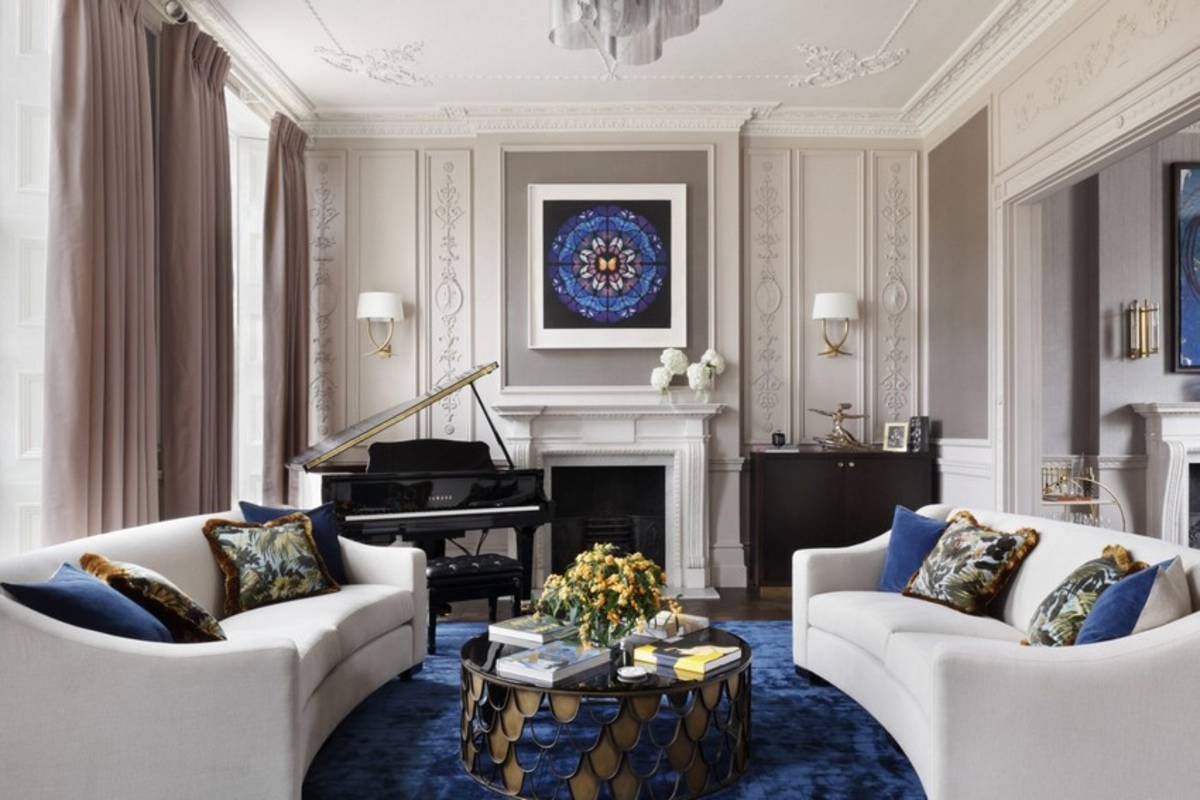
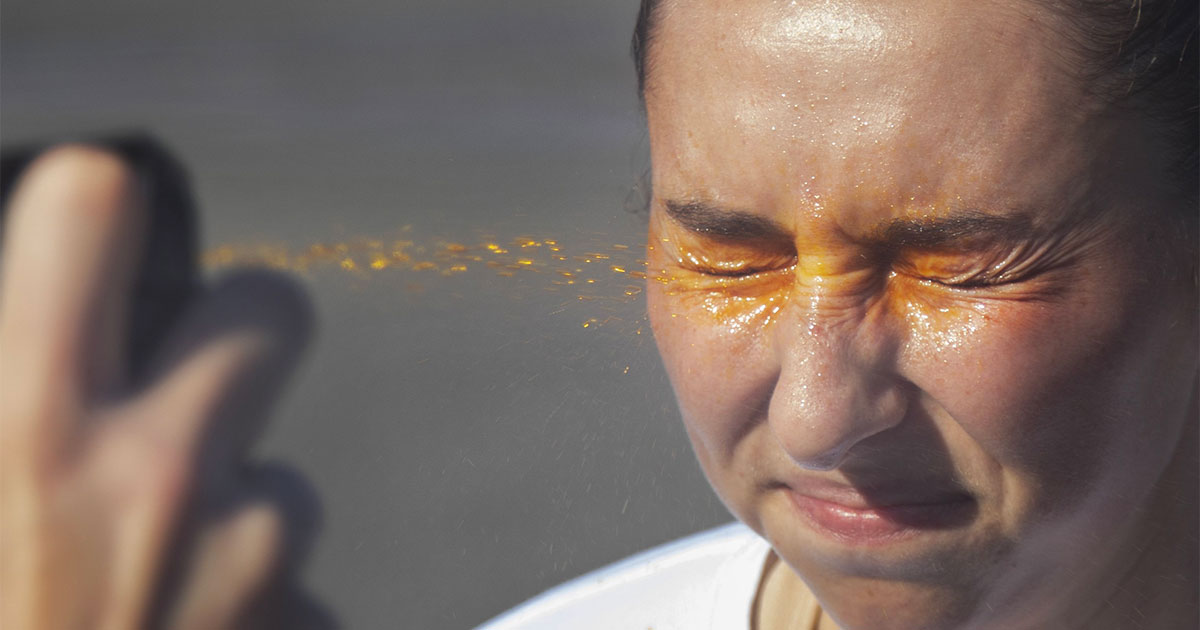
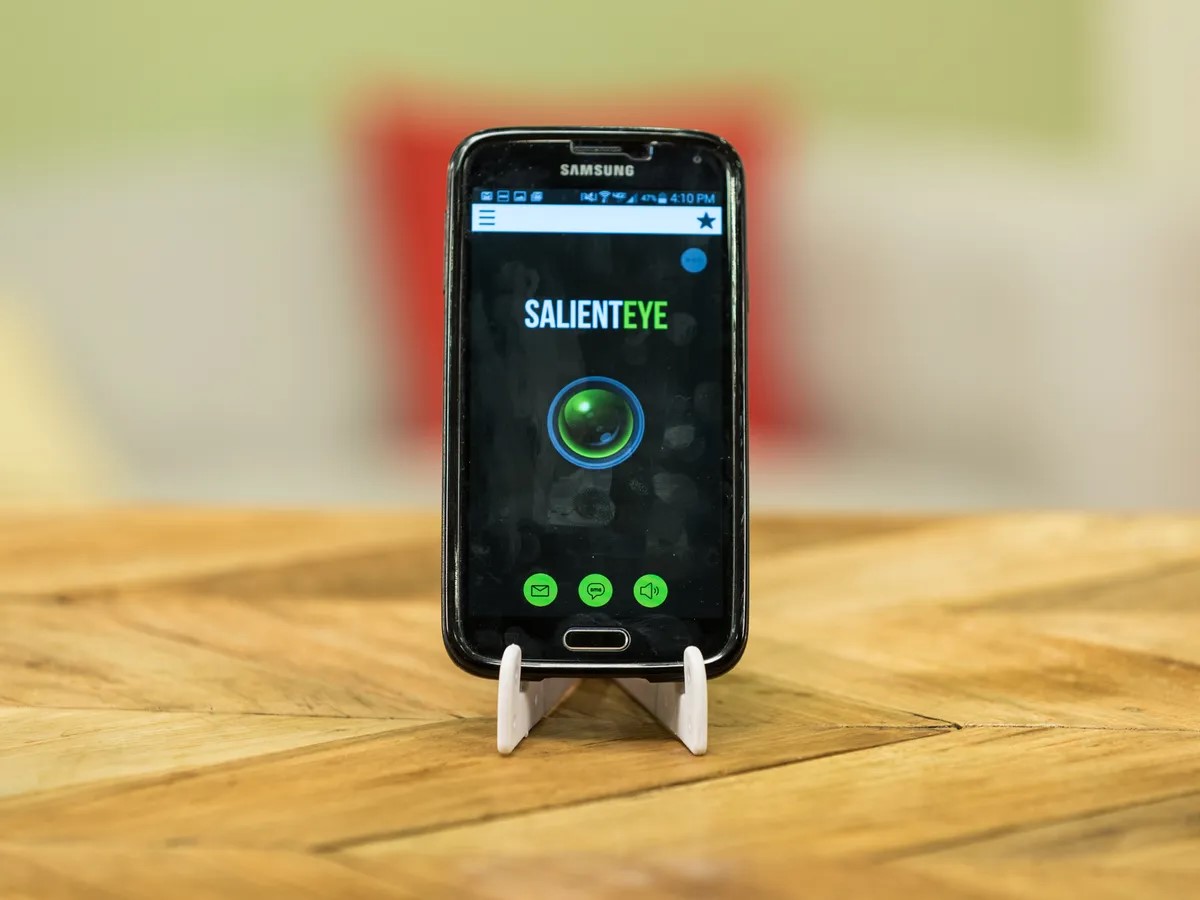
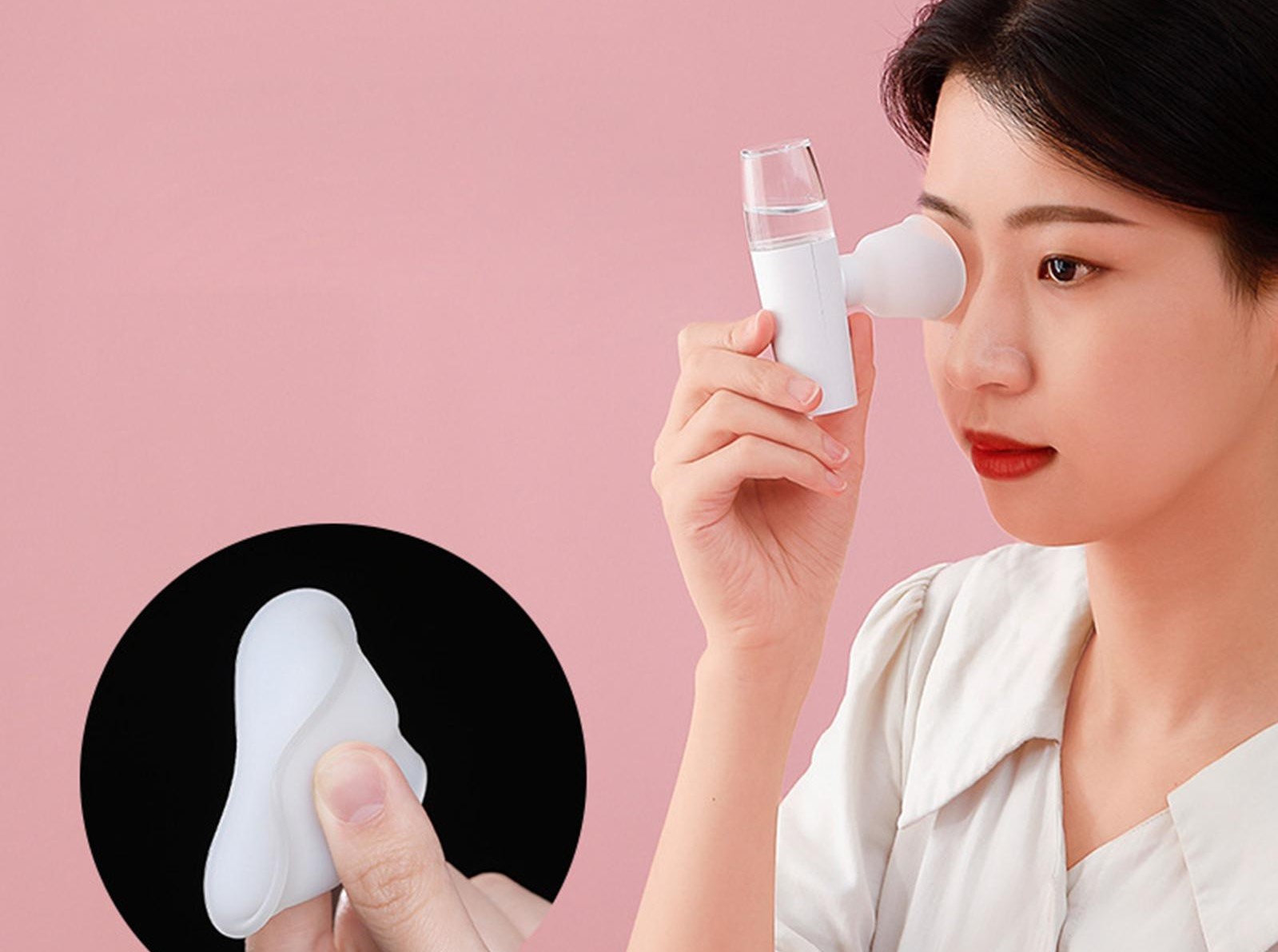






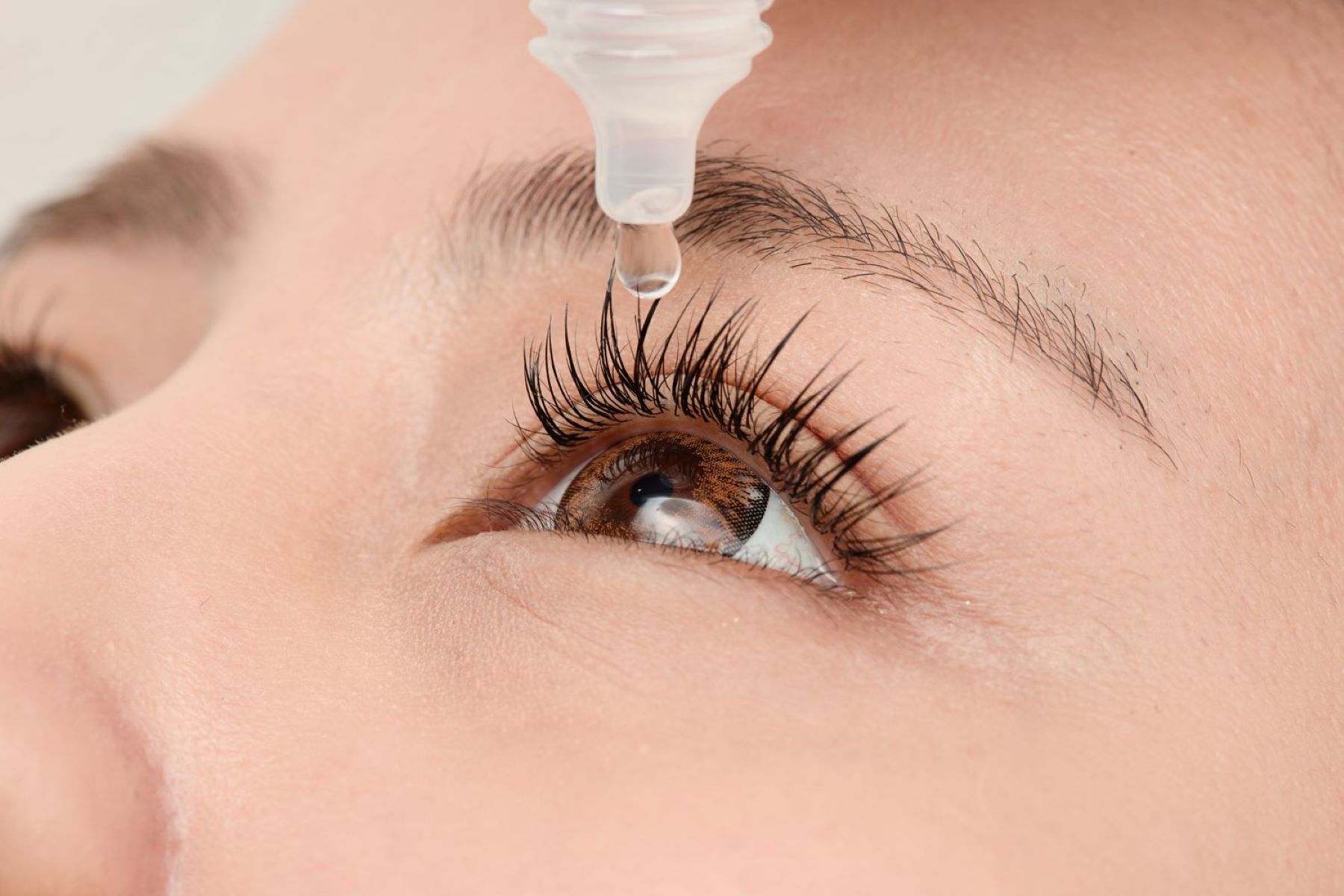

0 thoughts on “What Is A Glass Eye”